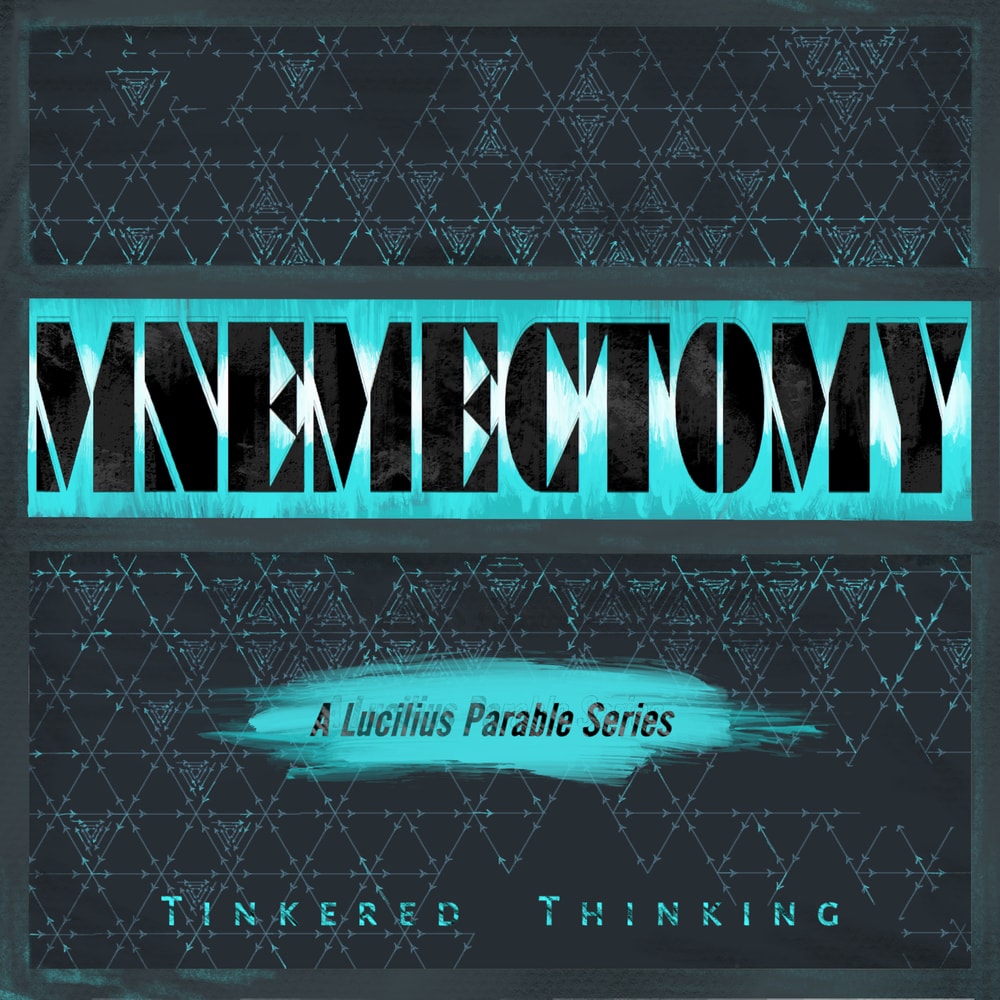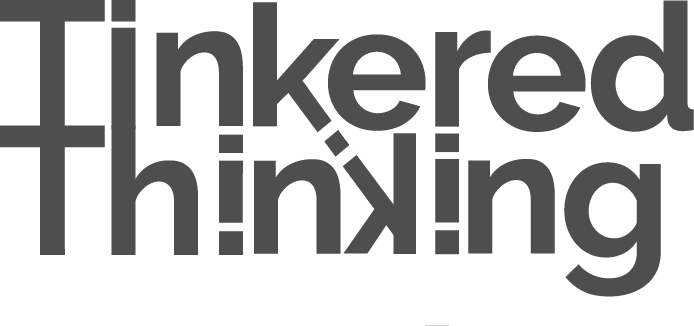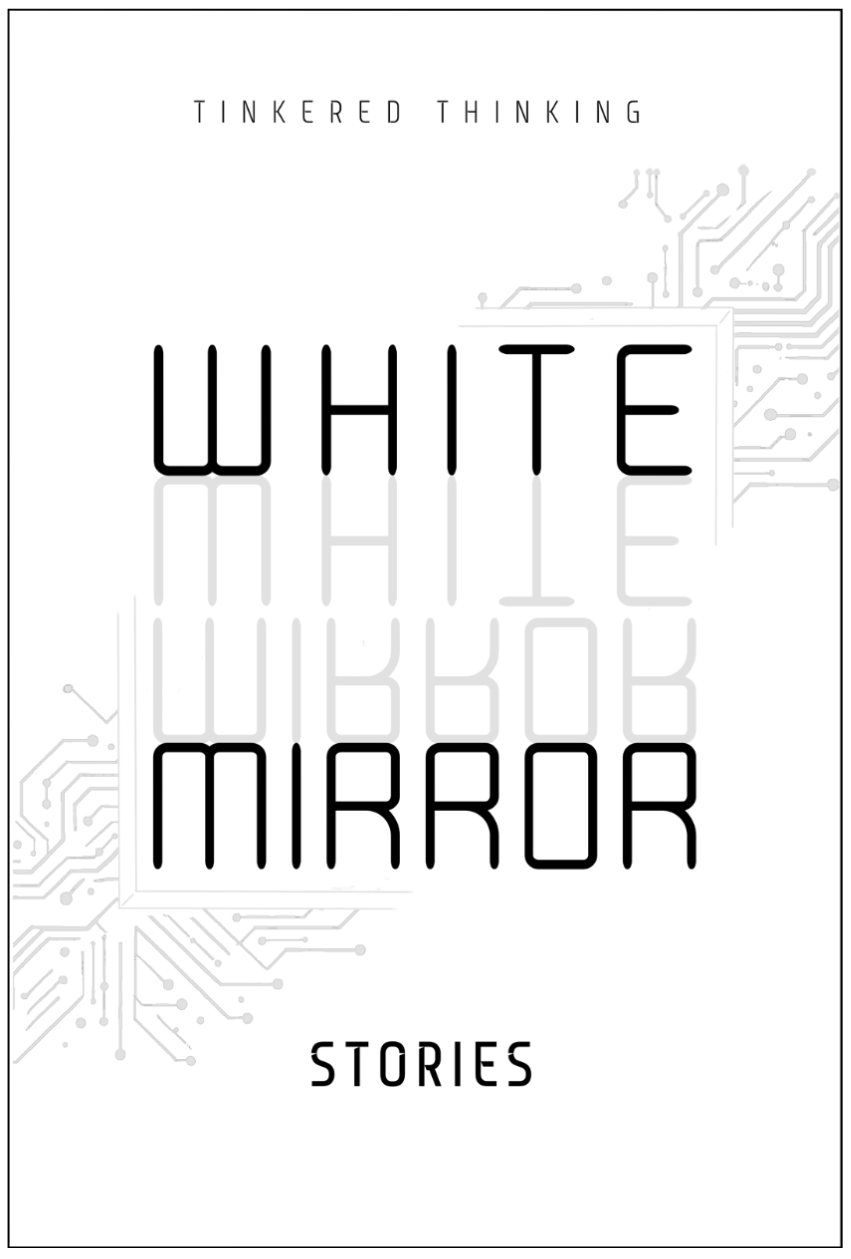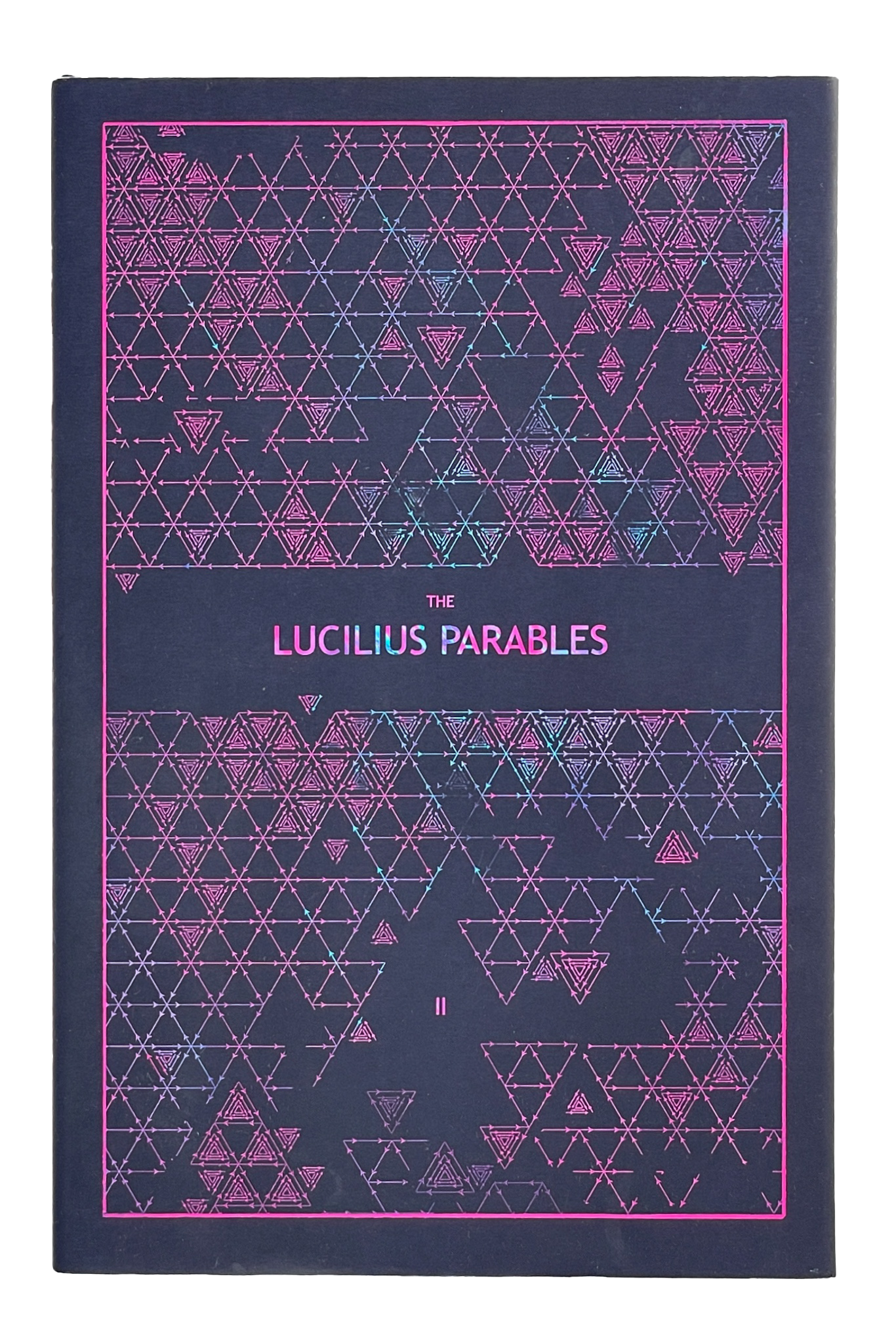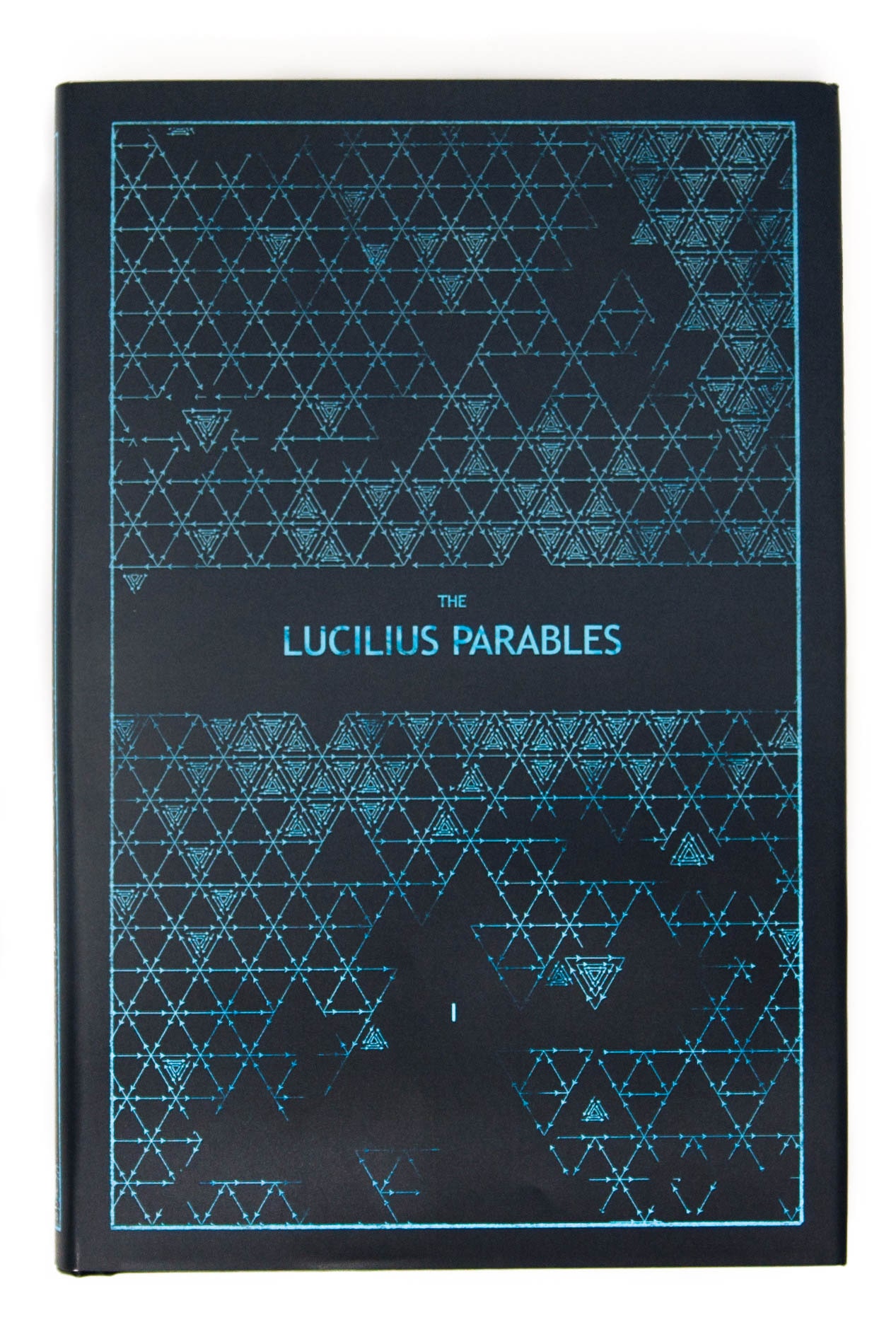Daily, snackable writings to spur changes in thinking.
Building a blueprint for a better brain by tinkering with the code.
subscribe
rss Feeds
SPIN CHESS
A Chess app from Tinkered Thinking featuring a variant of chess that bridges all skill levels!
REPAUSE
A meditation app is forthcoming. Stay Tuned.
FORMATTING
November 26th, 2020
People will pay you millions to format something. This is what most of the current tech industry is entered around. Formatting is usually, or most commonly thought of as aligning paragraphs, choosing a font, deciding on page breaks, and certainly this is formatting. But what is going on in the most fundamental level here? Information, usually words, are simply being organized. The format of a book is an organization of words. It could be scroll. Or it could be a Facebook feed. The difference is that one is outdated and physically unreliable, whereas the other has a market cap of 784 Billion. But in essence, the only difference is… formatting.
Facebook formats the inputs of millions of people into a layout and structure that is “engaging” (for lack of a better word that perhaps indicates the insidious stickiness of the platform.). Imaginably, Facebook, or twitter or Linkedin could all be handwritten. But then, how would all that paper be compiled? In a book? This simply wouldn’t work. The evolution of the screen from TV to computer and then superphone enabled a complete reimagining of the sort of data structure which could handle gargantuan amounts of text and data.
The OED is a great example of the issue. The Oxford English Dictionary boasts a collection of 600,000 words from over a thousand years. The OED can be purchased as a physical book. It’s twenty volumes. Or, conveniently, there’s a digital version which doesn’t require 40-50 pounds of books. The OED can now fit in your pocket, but only because the formatting problem has been solved for modern times. Strange and perhaps sad that few people actually do have the OED in their pocket, but then again, Google does a good enough job when it comes to esoteric and grandiloquent vocabulary.
One way to discover a niche that can be made lucrative by tackling it with tech is to simply find a cannon of data that has yet to benefit from the reformatting possibilities promised by tech. Find a way to ingest this data programatically, and then make it available in a way that saves people time, or brings people delight. Boom.
Of course, as with everything, execution is far more important than the actual idea. Half a minute of hungover consideration by most people could rustle up a few billion dollar ideas that fall between the rails of these parameters. The difference, of course, is that practically no one ever shakes off the hangover, scrubs their eyes and hauls themselves through the excruciating and often tedious process of bringing an idea to life.
The old format “works” and like many traditions, regulations, and institutions that we rile against, they work well enough to keep from disturbing the tranquility of not being bothered to do something about it. Being bothered is relative of course. It’s never a question of being bothered, it’s always a matter of how bothered someone is. Enough to do something about it?
Not usually.
Formatting, or rather, reformatting is a fantastic way to look at innovation because it captures the essence of the task. Innovation, as a word, and as a concept, sparkles. It’s fresh, it has verve, it’s infused with hope and we all want a piece. On the other hand, no one is interested in reformatting. Formatting anything is generally a boring and fairly unsexy task. But innovation and formatting - in this context - are much the same, as eerie and odd as that might be. And the process of innovation is often tedious, and unsexy.... like formatting.
-compressed.jpg)
